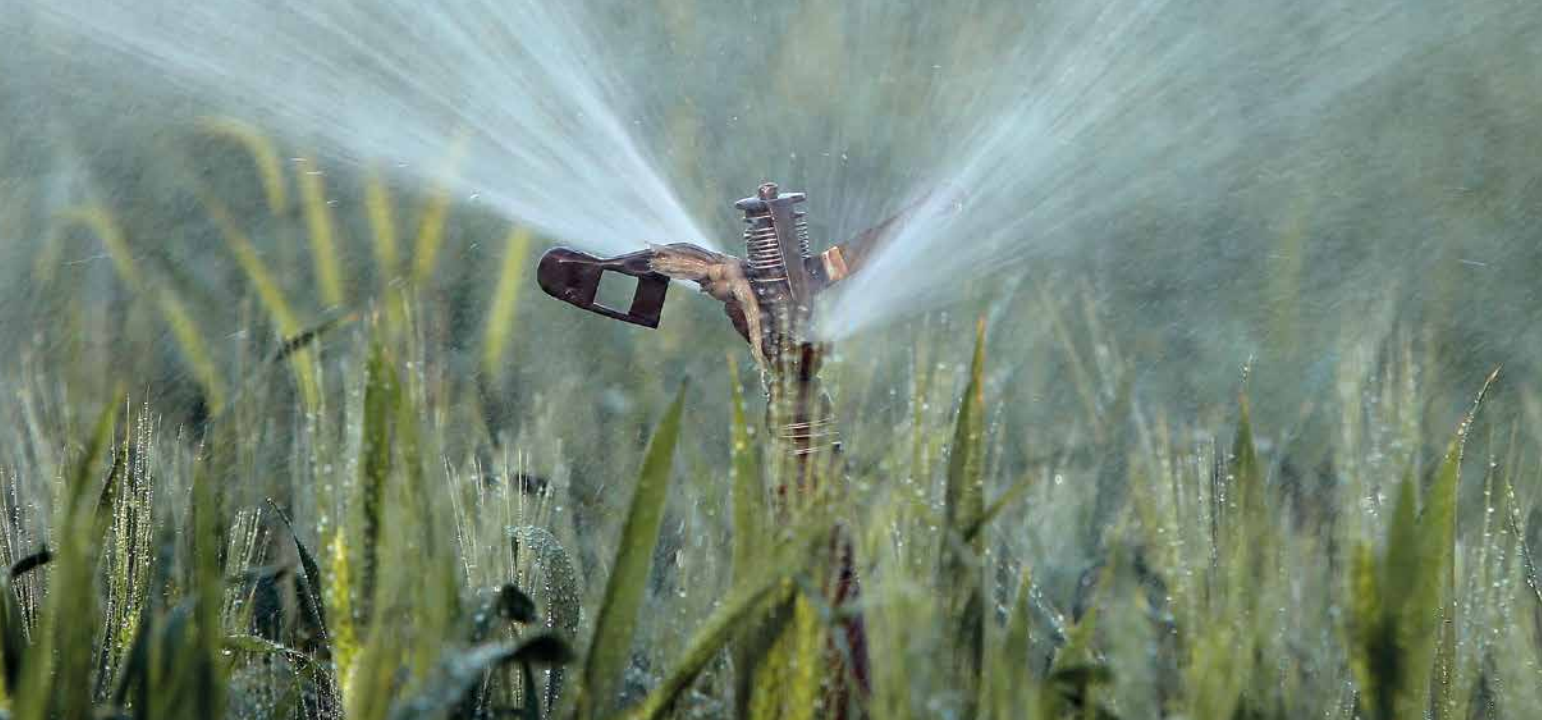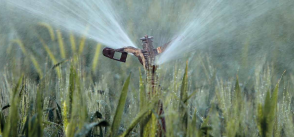
Water for agriculture: producing more with less
A global perspective on agribusiness and sustainable agriculture.
To cope with the effects of climate change and increasing water and food consumption, new strategies for agricultural water management are needed.
‘Agricultural water’ can be classified in two main categories: so-called ‘blue water’ used to irrigate crops (groundwater, lakes, dams), and ‘green water’ for rainfed farming (soil moisture, which accounts for two-thirds of global water resources).
Meanwhile humans use more water for agriculture than any other activity, even though agricultural water consumption varies markedly between countries and regions and between types of farming systems.
Read the Spore magazine #181: "Water for agriculture: producing more with less" by CTA [.pdf - 2.8 MB]







